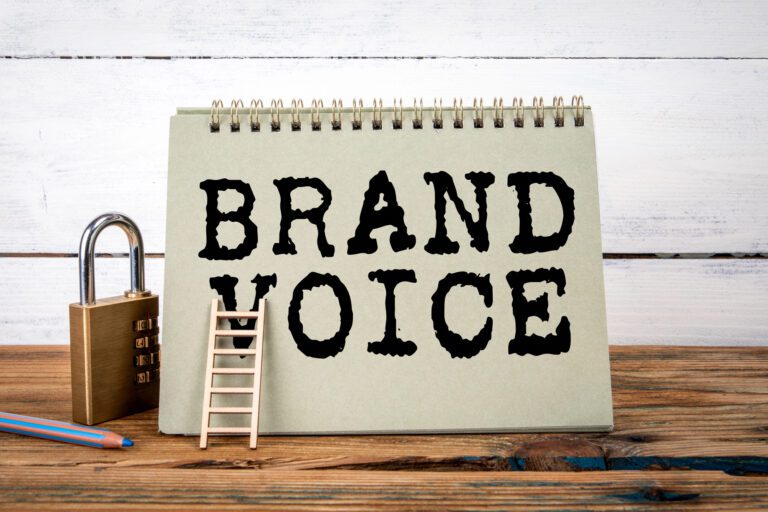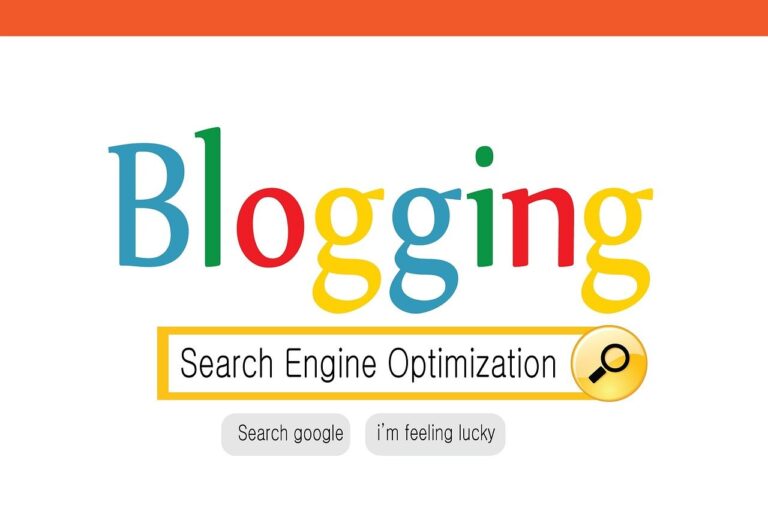Email marketing is a powerful tool for holistic practitioners looking to nurture client relationships. By leveraging this digital channel, you can maintain consistent communication, provide value, and build lasting connections with your clients.
Effective email nurturing strategies can significantly boost client retention, encourage referrals, and ultimately lead to the sustainable growth of your holistic healing practice.
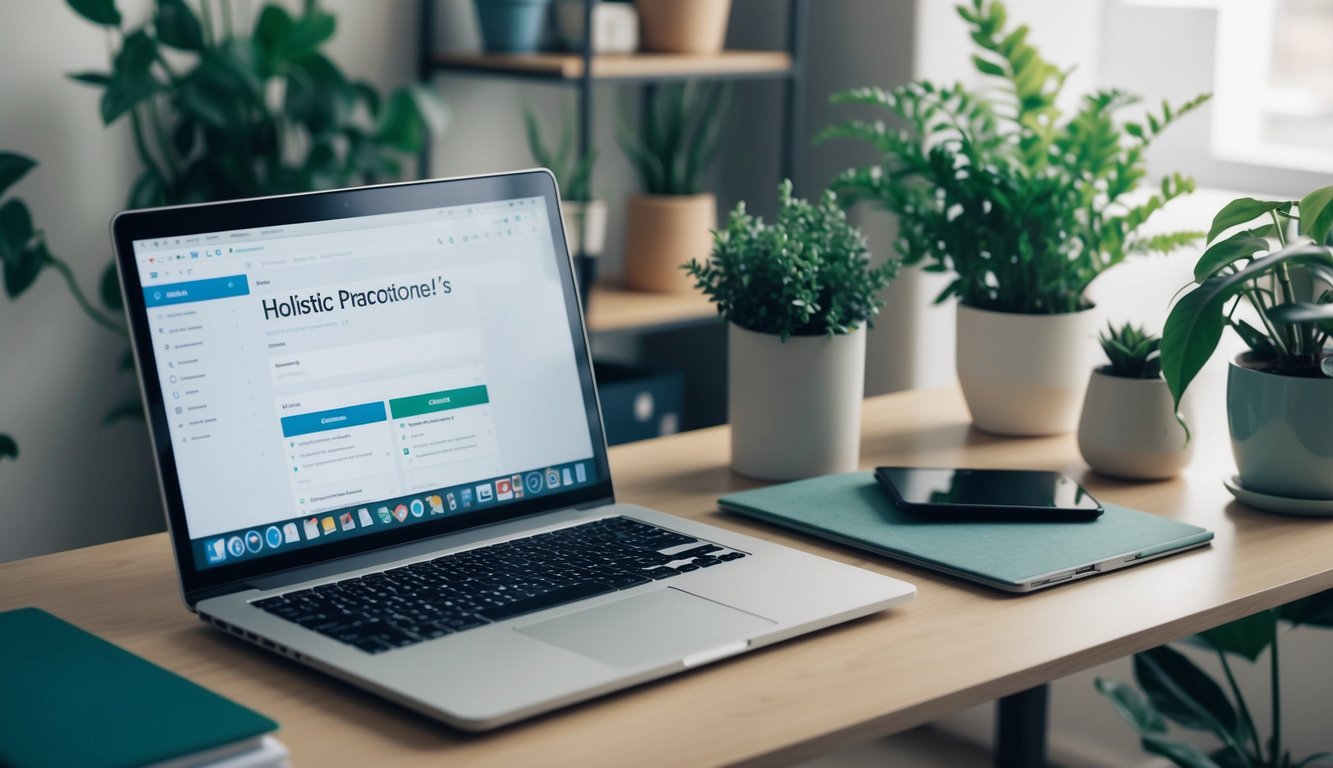
Crafting personalized, value-driven content is at the heart of successful email marketing for holistic practitioners. Your emails should offer insights, tips, and resources that resonate with your clients’ wellness journeys. This approach not only keeps your practice top-of-mind but also demonstrates your ongoing commitment to their well-being.
To maximize the impact of your email marketing efforts, you must split your text into at most two sentences per paragraph. This makes the text easier to read and understand.
Crafting personalized, value-driven content is at the heart of successful email marketing for holistic practitioners. Your emails should offer insights, tips, and resources that resonate with your clients’ wellness journeys. This approach not only keeps your practice top-of-mind but also demonstrates your ongoing commitment to their well-being.
Crafting personalized, value-driven content is at the heart of successful email marketing for holistic practitioners. Your emails should offer insights, tips, and resources that resonate with your clients’ wellness journeys. This approach not only keeps your practice top-of-mind but also demonstrates your ongoing commitment to their well-being.
To maximize the impact of your email marketing efforts, it’s crucial to strike the right balance in communication frequency and leverage automation tools. These strategies help you stay connected with clients without overwhelming them, ensuring that each interaction adds value to their experience with your practice.
Key Takeaways
- Personalized email content builds stronger client relationships and enhances retention
- Strategic email frequency and automation tools optimize client engagement
- Measuring email performance helps refine your approach for better results
Understanding The Importance Of Email Marketing For Holistic Practitioners
Email marketing is a powerful tool for holistic practitioners to connect with clients. It offers a direct line of communication to your audience, allowing for personalized engagement.
As a holistic practitioner, building trust and connection is crucial to your work. Email marketing helps nurture these relationships in a meaningful way.
Key benefits of email marketing for holistic practitioners:
- Direct access to clients’ inboxes
- Ability to share valuable health information
- Opportunity to showcase your expertise
- Platform to promote services and events
Email marketing boasts an impressive average ROI of 4,200%. This makes it a cost-effective strategy for growing your practice.
You can use email to guide clients through your world of holistic health with care and expertise. It’s not just about sending newsletters; it’s about creating a journey for your clients.
By leveraging email marketing, you can establish yourself as a trusted authority in your field. This helps attract new clients and retain existing ones.
Remember, email marketing allows you to reach people who have already shown interest in your services. This targeted approach can lead to higher engagement and conversion rates.
Crafting Personalized, Value-Driven Content
Effective email content for holistic practitioners focuses on addressing individual client needs while providing meaningful insights. By tailoring your messages and offering valuable information, you can foster stronger connections with your audience.
Identifying Client Needs and Interests
To create personalized content, start by segmenting your email list based on client preferences, health concerns, or treatment history. Use surveys or analyze past interactions to gather insights about your clients’ goals and challenges.
Consider creating buyer personas to represent different client types. This will help you tailor your content more effectively.
Track engagement metrics like open rates and click-throughs to understand which topics resonate most with your audience. Use this data to refine your content strategy over time.
Remember to respect client privacy and maintain confidentiality when using personal information for email personalization.
Creating Educational and Inspirational Content
Develop a content calendar that balances educational material with inspirational messages. Share valuable insights about holistic health practices, wellness tips, and self-care techniques.
Consider including:
- Quick tips for daily wellness routines
- In-depth articles on specific holistic therapies
- Guided meditation or breathing exercise instructions
- Healthy recipes or nutrition advice
Use a mix of formats to keep your content engaging:
- Infographics for visual learners
- Short video clips demonstrating techniques
- Audio recordings for guided relaxation
Always relate your content back to your clients’ health goals and how your services can support their journey.
Incorporating Client Testimonials and Success Stories
Build trust and credibility by showcasing real client experiences. Ask satisfied clients for permission to share their stories in your emails.
When featuring testimonials:
- Use specific examples of how your services helped clients
- Include before-and-after scenarios when appropriate
- Highlight diverse client experiences to appeal to a broader audience
Consider creating a “Client Spotlight” series where you dive deeper into individual success stories. This can inspire others and demonstrate the long-term benefits of your holistic approach.
Always respect client privacy and obtain written consent before sharing any personal information or stories in your emails.
Optimizing Email Frequency
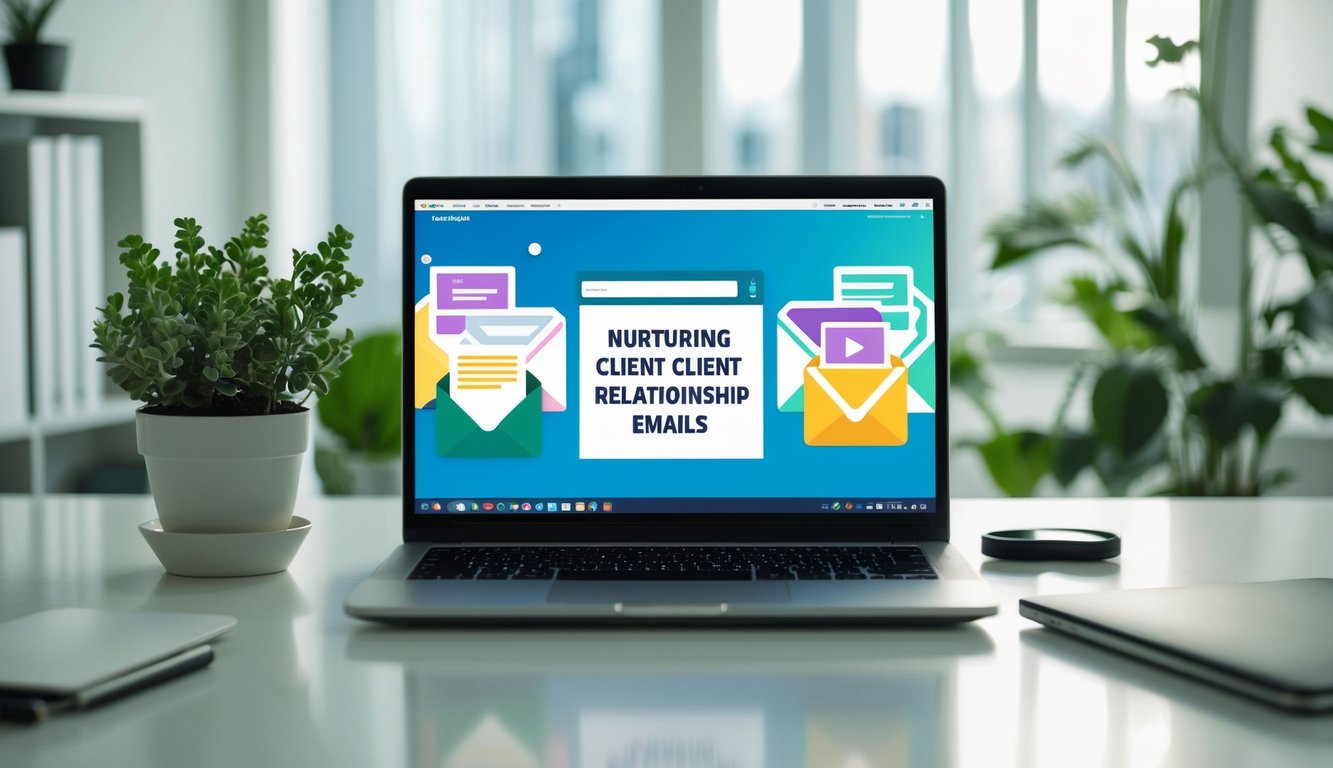
Striking the right balance in email frequency is crucial for maintaining client engagement without overwhelming them. Timing your messages strategically can significantly boost their impact and effectiveness.
Finding The Right Balance
Inform your subscribers about the expected email volume and allow them to choose their preferred frequency. This approach respects their preferences and reduces the risk of unsubscribes.
Segment your audience based on their behaviors and preferences. This allows you to tailor your email frequency to different groups, ensuring relevancy and maintaining engagement.
Implement A/B testing to experiment with different frequencies. Measure key metrics like open rates, click-through rates, and conversions to identify the optimal frequency for your audience.
Consider introducing a loyalty program promoted via email. Offer points for purchases that can be redeemed for discounts or freebies, encouraging regular engagement with your emails.
Timing Your Emails For Maximum Impact
Analyze your audience’s behavior patterns to determine the best times to send emails. Look for when they’re most likely to open and engage with your messages.
Use automation tools to deliver emails at optimal times for each recipient. This personalized approach can significantly increase open and click-through rates.
Consider the nature of your content when scheduling. Time-sensitive information should be sent promptly, while educational content can be spaced out more evenly.
Be mindful of seasonal trends and adjust your frequency accordingly. You might increase frequency during peak seasons or special events relevant to your holistic practice.
Leveraging Automation Tools
Email automation tools can streamline your communication with clients, save time, and enhance your holistic practice’s efficiency. These tools offer personalized outreach, consistent follow-ups, and valuable insights into client engagement.
Benefits Of Email Automation For Holistic Practitioners
Email automation offers numerous advantages for holistic practitioners. It allows you to nurture leads through the sales funnel more effectively, providing timely and relevant information to potential clients.
You can maintain consistent communication with existing clients, sending appointment reminders, follow-up messages, and wellness tips automatically. This helps build stronger relationships and improves client retention.
Automation also enables you to segment your audience based on their interests or needs, delivering tailored content that resonates with each group. This personalized approach can lead to higher engagement rates and better outcomes for your clients.
By freeing up time spent on repetitive email tasks, you can focus more on providing quality care and growing your practice.
Choosing The Right Email Automation Software
Selecting the appropriate email automation software is crucial for your holistic practice. Look for a platform that offers:
- User-friendly interface
- Customizable templates
- Segmentation capabilities
- Integration with your existing tools
- Analytics and reporting features
Consider your budget, technical skills, and specific needs when evaluating options. Popular choices include Mailchimp, known for its user-friendly interface, and other platforms that cater to small businesses and healthcare providers.
Read reviews, compare features, and take advantage of free trials to find the best fit for your practice.
Setting Up Automated Email Sequences
Creating effective automated email sequences requires careful planning and execution. Start by mapping out your client journey and identifying key touchpoints where automated emails can add value.
Develop a welcome series to introduce new clients to your practice and set expectations. Include information about your services, philosophy, and what they can expect from working with you.
Design follow-up sequences for after appointments or treatments, offering post-care instructions, requesting feedback, and encouraging future bookings.
Create nurture sequences to share educational content, wellness tips, and special offers to keep clients engaged between visits. Ensure your content is valuable, relevant, and aligns with your holistic approach.
Segmenting Your Email List
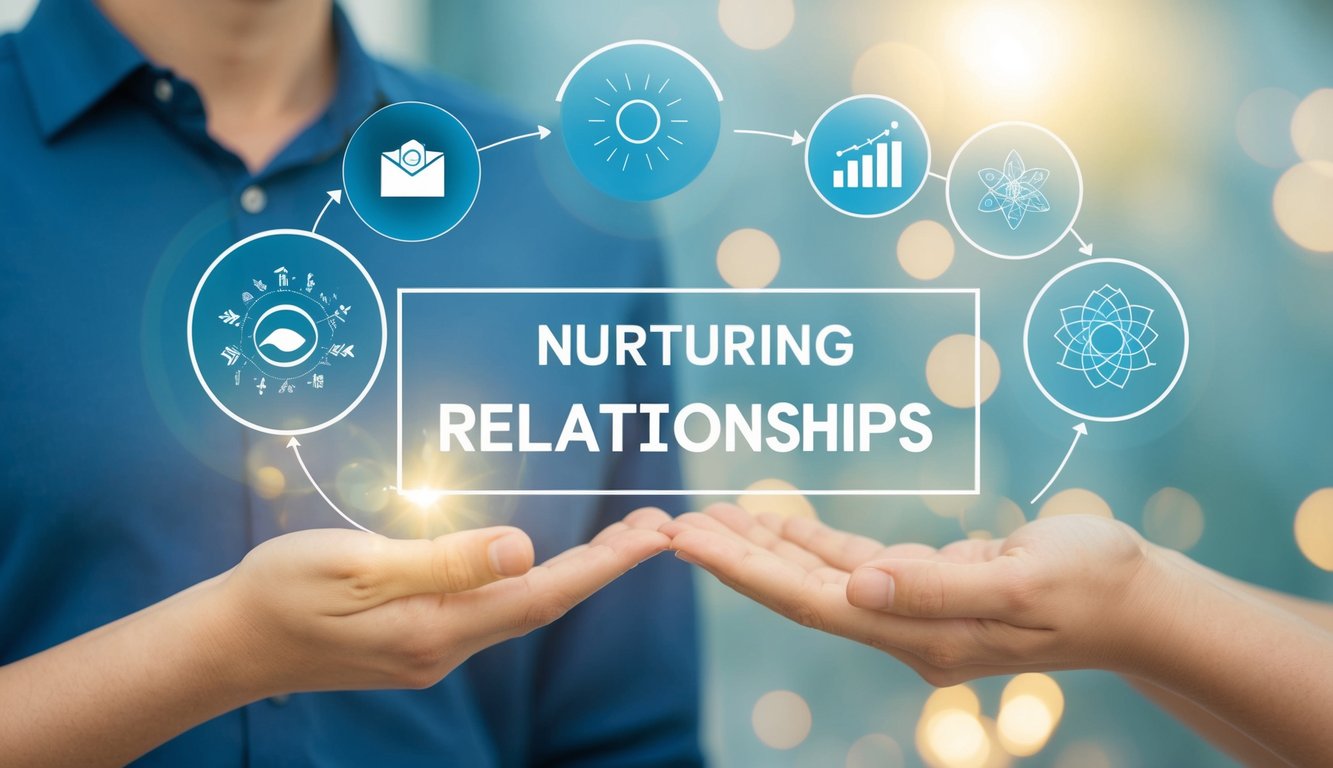
Email list segmentation allows you to tailor your messages to specific groups within your client base. By dividing your list, you can deliver more relevant content and improve engagement rates.
Understanding The Importance Of Segmentation
Segmentation is crucial for holistic practitioners to connect with clients effectively. It enables you to send targeted information based on individual needs and interests.
Personalized emails generate 6x higher transaction rates compared to generic ones. This approach helps build stronger relationships with your clients.
Segmentation also improves open rates and click-through rates. When clients receive content that resonates with them, they’re more likely to engage with your emails.
By segmenting, you can address specific concerns or offer services tailored to particular groups. This targeted approach can lead to increased client satisfaction and loyalty.
Effective Strategies For Segmenting Your List
Start by collecting relevant data on your clients. This may include:
- Demographics (age, location)
- Health concerns or goals
- Past treatments or services used
- Engagement level with previous emails
Consider segmenting based on:
- Treatment preferences (e.g., massage, acupuncture, nutrition)
- Frequency of visits
- New vs. long-term clients
- Specific health conditions
Create separate email lists for each segment. This allows you to tailor your messaging effectively.
Use your email marketing platform’s tools to automate the segmentation process. This saves time and ensures accuracy in list management.
Personalizing Content For Different Segments
Once you’ve segmented your list, focus on creating content that speaks directly to each group’s needs and interests.
For new clients, send welcome series emails introducing your services and philosophy. Long-term clients might appreciate advanced tips or exclusive offers.
Tailor your subject lines and email content to address specific concerns of each segment. This personal touch can significantly boost open and click-through rates.
Consider the customer journey when crafting your messages. Send targeted campaigns based on where clients are in their health and wellness journey.
Use dynamic content features in your email platform to automatically customize sections of your emails based on segment data. This allows for efficient personalization at scale.
Creating Compelling Subject Lines
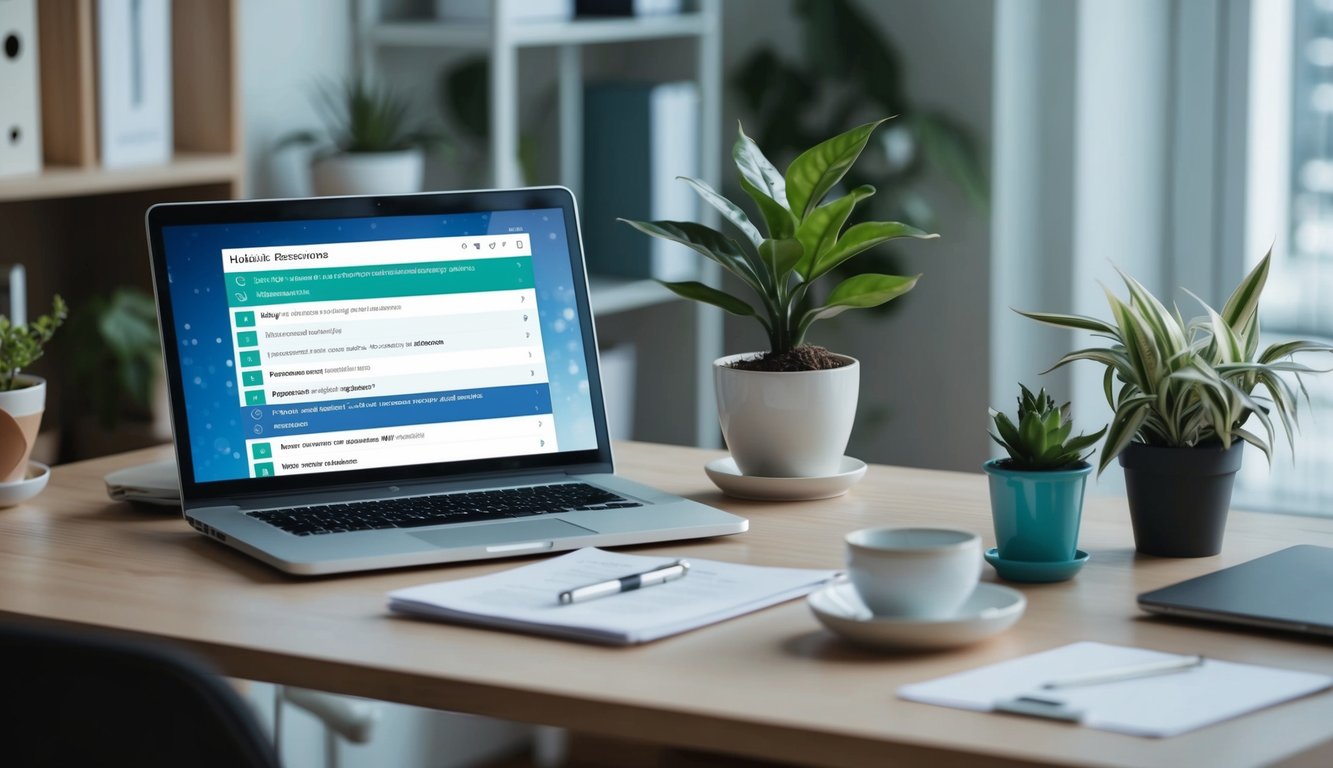
Crafting effective email subject lines is crucial for engaging clients and improving open rates. A well-written subject line can make the difference between your message being read or ignored.
Importance Of A Strong Subject Line
Subject lines serve as the first impression of your email. They grab the recipient’s attention and provide a reason to open your message. A strong subject line can significantly boost open rates and client engagement.
Weak subject lines may result in emails being overlooked or marked as spam. This can harm your relationship with clients and reduce the effectiveness of your communication efforts.
To maximize impact, aim for subject lines that are clear, concise, and relevant to your holistic practice. Avoid generic phrases that could apply to any business.
Tips For Writing Engaging Subject Lines
Keep your subject lines short and sweet. Aim for 3-5 words to ensure they’re fully visible on mobile devices.
Use action words to create a sense of urgency or importance. For example:
- “Discover Your Path to Wellness”
- “Transform Your Health Today”
- “Limited Slots: Holistic Consultation”
Personalize subject lines by including the client’s name or referencing their specific interests. This shows you value their individual needs.
Consider using questions to pique curiosity:
- “Ready to Boost Your Energy Naturally?”
- “What’s Your Biggest Wellness Goal?”
Avoid all caps or excessive punctuation, as these can trigger spam filters.
A/B Testing Your Subject Lines
A/B testing involves creating two versions of a subject line and sending them to different segments of your email list. This approach helps you identify which subject lines resonate best with your clients.
To conduct an A/B test:
- Create two subject line variations
- Send each version to a small portion of your list
- Analyze open rates after 24-48 hours
- Use the winning subject line for the rest of your list
Test different elements such as length, personalization, and emotional appeal. Keep track of your results to inform future email campaigns.
Remember that what works for one audience may not work for another.
Measuring Engagement And Refining Your Approach

Tracking key metrics, analyzing engagement data, and adapting your strategy are crucial for improving your email nurture campaigns. These steps allow you to understand client behavior and optimize your approach for better results.
Key Metrics To Track
You need to track several key metrics to measure your email campaign’s effectiveness:
- Email open rates: They indicate how many recipients are actually viewing your messages.
- Click-through rates: These show which links in your emails are generating interest. Pay attention to which topics and offers resonate most with your audience.
- Conversion rates: These measure how many readers take desired actions, such as booking appointments or purchasing services.
- Unsubscribe rates: A high rate may signal the need to reassess your approach.
- Time spent reading emails: Longer reading times often suggest more captivating content.
Analyzing Engagement Data
Segment your audience based on engagement levels. This allows you to tailor content to different groups more effectively.
Look for patterns in open rates across different days and times. Use this information to optimize your sending schedule.
Identify which types of subject lines perform best. Experiment with different styles to improve open rates.
Examine which email content generates the most clicks and conversions. This insight helps you create more compelling offers and calls-to-action.
Use A/B testing to compare different email elements. Test variables like subject lines, content structure, and design to find what works best.
Adapting Your Strategy Based On Insights
Adapting your email strategy based on insights is essential to improving your campaign’s effectiveness. Here’s how you can do that:
- Personalize your emails based on engagement data. Tailor content to individual preferences and behaviors for better results.
- Adjust your email frequency if you notice declining engagement. Some clients may prefer less frequent communication.
- Refine your content strategy to focus on topics that generate the most interest. Use engagement data to guide your content creation.
- Improve your subject lines based on open rate analysis. Craft more compelling headlines that resonate with your audience.
- Optimize your email design for better readability and engagement. Use insights from click-through rates to enhance layout and call-to-action placement.
- Consider implementing automated workflows based on engagement triggers. This allows for more timely and relevant communication with your clients.
Conclusion
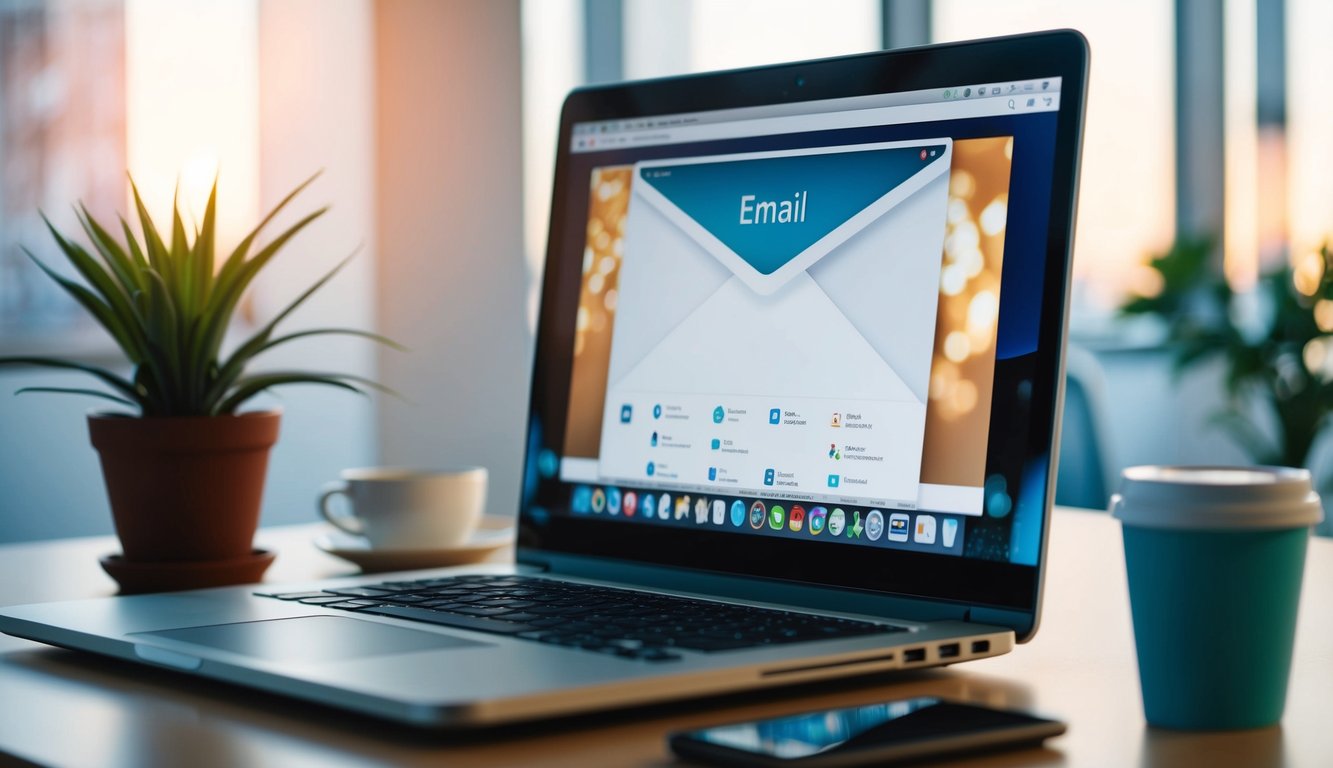
Email remains a powerful tool for holistic practitioners to nurture client relationships. By implementing the strategies discussed, you can create meaningful connections with your clients.
Personalization is key. Tailor your messages to each client’s unique needs and interests. This shows you value them as individuals.
Consistency matters. Establish a regular email schedule to stay top-of-mind without overwhelming your clients’ inboxes.
Provide value in every communication. Share helpful tips, wellness resources, or exclusive offers to keep clients engaged.
Clear communication is crucial. Use simple language to explain complex concepts and make your services more accessible.
Always respect client boundaries and privacy. Obtain proper consent and make it easy for clients to manage their preferences.
Track your email performance. Use analytics to understand what resonates with your audience and refine your approach accordingly.
By nurturing client relationships through email, you can foster long-term loyalty and encourage referrals. This approach supports both your clients’ well-being and your practice’s growth.
Frequently Asked Questions
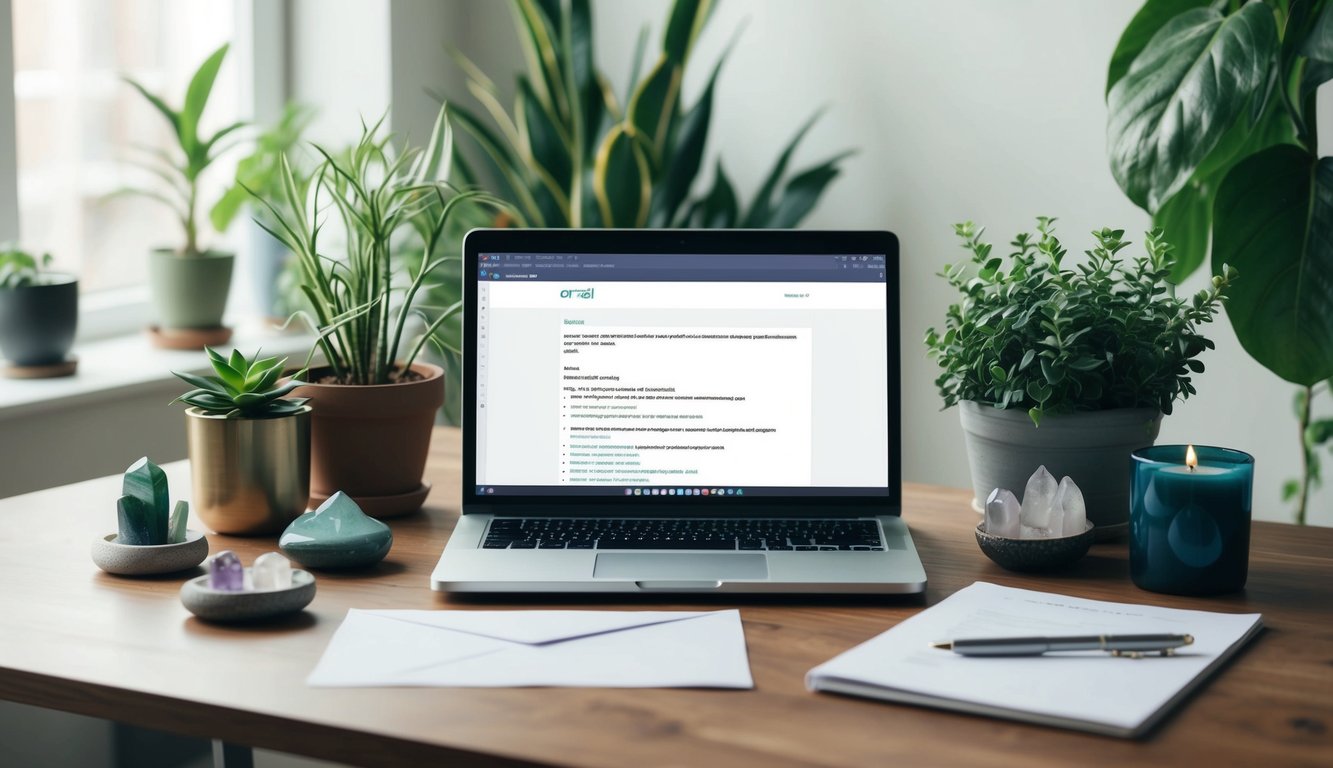
Email nurturing strategies help holistic practitioners build strong client relationships. Personalization, content value, and proper frequency are key elements to consider. Privacy and measuring effectiveness also play crucial roles in successful email campaigns.
What are the key elements of a successful client nurturing email strategy for holistic practitioners?
A successful client nurturing email strategy includes personalized content, effective communication, and ongoing support. You should focus on building trust and providing value to your clients.
Consistency in your email schedule and a clear purpose for each message are essential. Aim to educate, inspire, and engage your clients through your emails.
How can holistic practitioners personalize email communication to enhance client relationships?
You can personalize emails by addressing clients by name and referencing their specific health concerns or treatment plans. Tailor content to individual client needs and preferences.
Consider segmenting your email list based on client interests or health goals. This allows you to send more relevant and targeted information to each group.
What frequency of email contact is recommended to maintain engagement without overwhelming the client?
The ideal email frequency varies depending on your client base and the nature of your services. Generally, sending emails once or twice a month is a good starting point.
Pay attention to open rates and engagement metrics to adjust your frequency. You can also allow clients to choose their preferred email frequency through preference settings.
What type of content should be included in emails to provide value to clients of holistic services?
Valuable content for holistic service clients includes wellness tips, educational articles, and updates on new treatments or services. Share success stories or testimonials to inspire and build trust.
Provide practical advice that clients can implement in their daily lives. Include information about upcoming workshops, events, or special offers relevant to their interests.
How do you measure the effectiveness of email campaigns in building client relationships within the wellness industry?
Track key metrics such as open rates, click-through rates, and conversion rates. Monitor how many clients book appointments or purchase services after receiving your emails.
Collect feedback through surveys or direct responses to gauge client satisfaction. Analyze client retention rates and referrals to assess the long-term impact of your email campaigns.
What are some best practices for maintaining client privacy and confidentiality in email communication?
Use secure, encrypted email platforms to protect sensitive information. Also, obtain explicit consent from clients before adding them to your email list.
Avoid discussing specific health details or treatment plans in general email communications. Instead, follow up with clients individually for more personal or sensitive matters.





